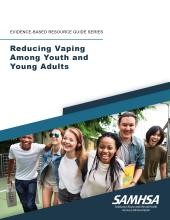The 2025 Global Adderall Shortage: Clinical Impact, Public Health Risks, and Implications for Substance Use Professionals
The 2025 Global Adderall Shortage: Clinical Impact, Public Health Risks, and Implications for Substance Use Professionals Author: Benjamin Zohar, NCACIP – Nationally Certified Advanced Addiction Intervention Professional, Founder of...


